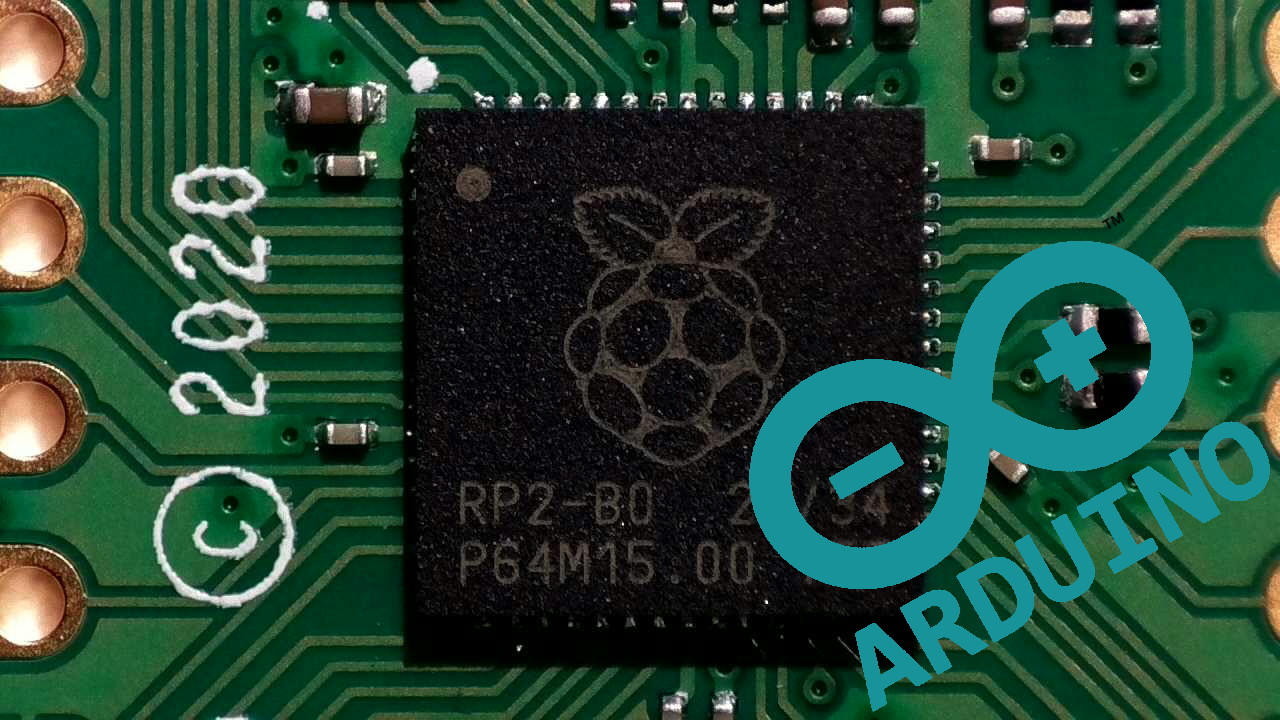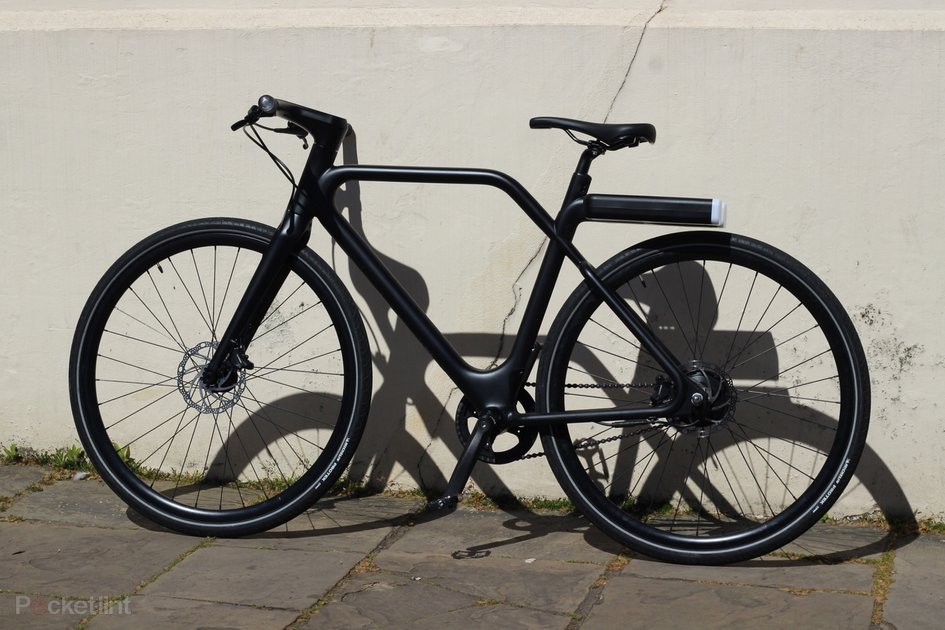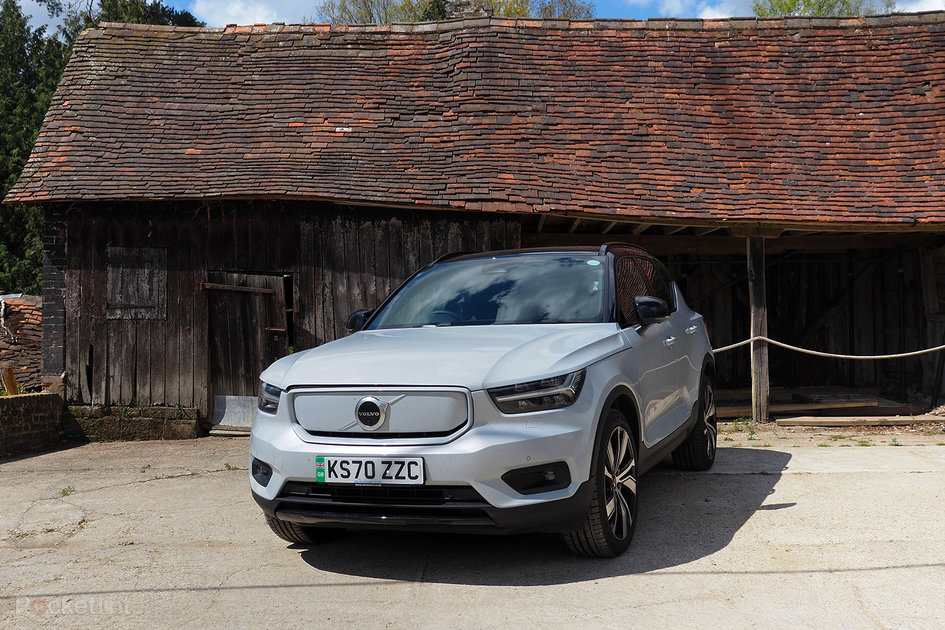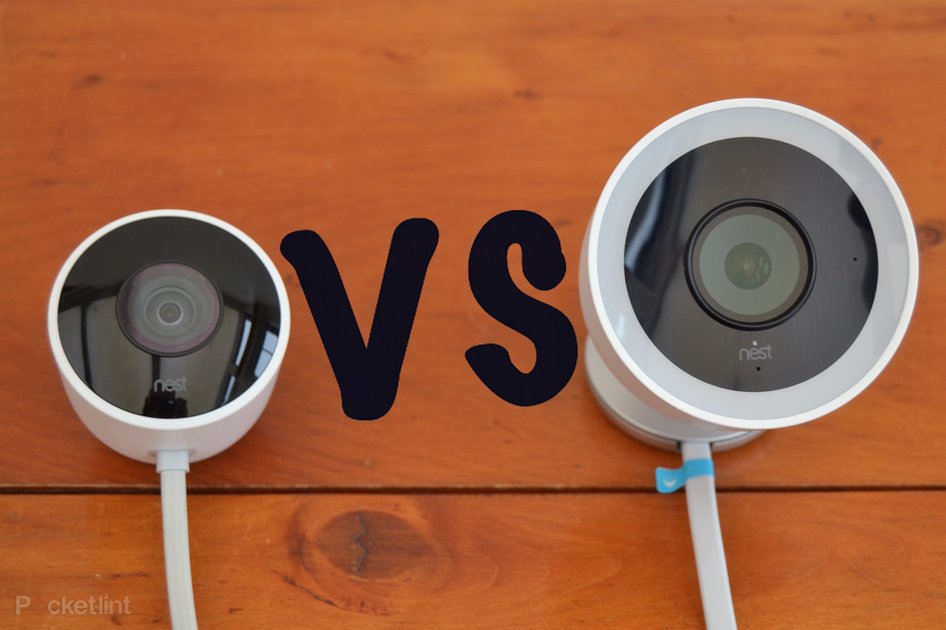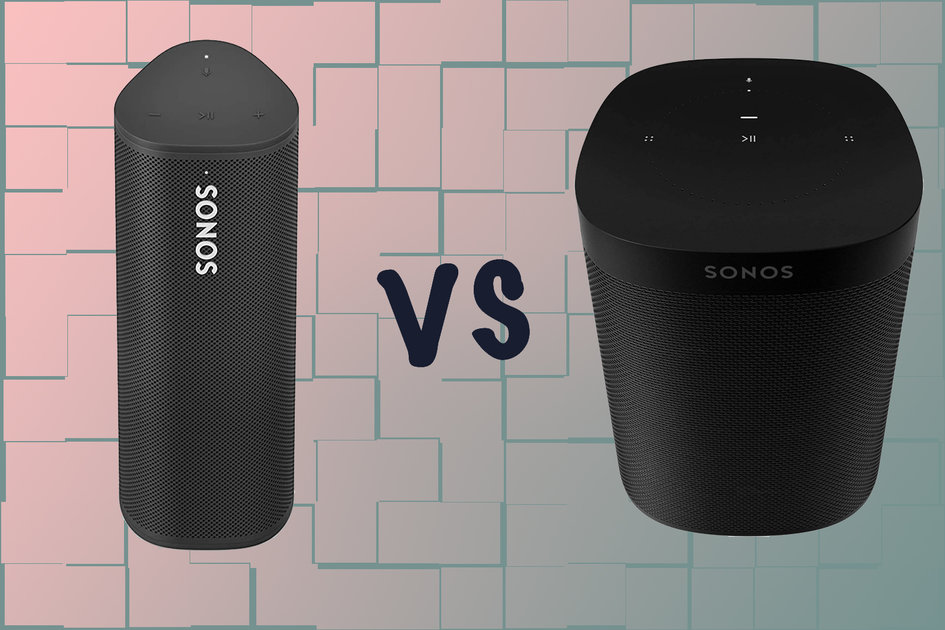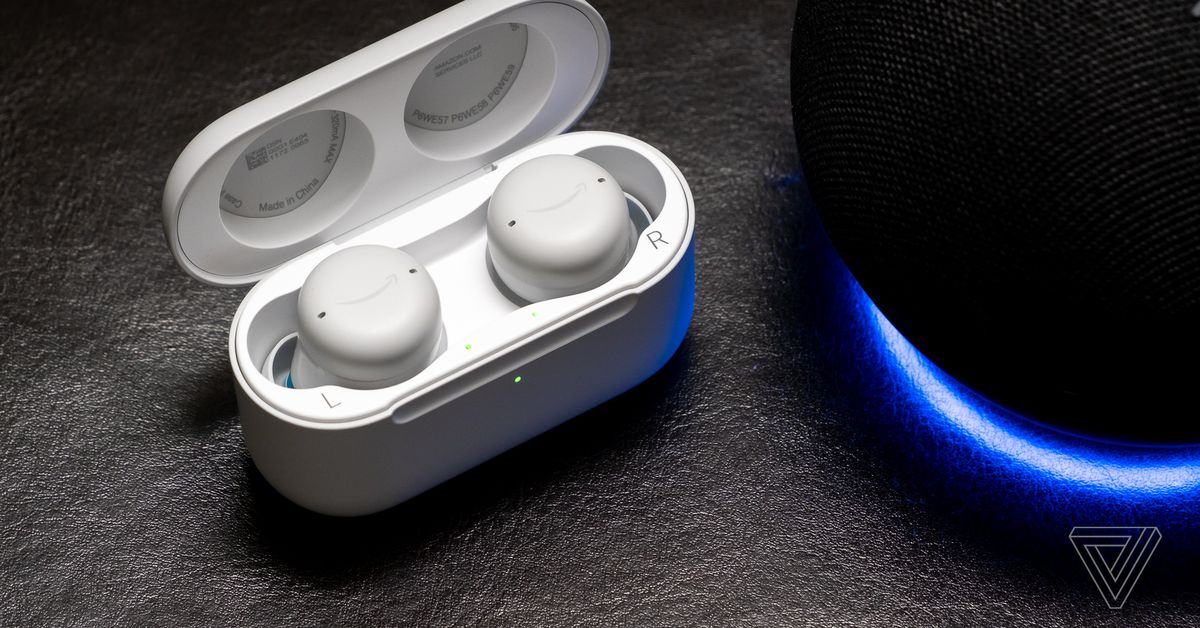(Pocket-lint) – One of our very favourite electric cars ever is the Polestar 2. You might be wondering why on earth we’re mentioning that as a prelude to this Volvo XC40 Recharge review. Well, it’s simple really: they’re like long lost cousins (Polestar was once an arm of Volvo, which separated back in 2017).
Anyway, long story short, you can see the similarities. The XC40 Recharge echoes stacks of our favourite features from the Polestar – easy one-pedal driving, an integrated Google infotainment system (that will only further improve over time), and decent real-world range per charge – albeit in a more capacious, higher-up, SUV format.
Which sets the XC40 Recharge in very good stead – especially as this is Volvo’s very first all-electric vehicle (well, ignoring the dedicated C40, the first solely EV car from the company). And having lived with the car for a week that sentiment hasn’t changed; if anything we’ve only grown to adore this slice of electrified elegance all the more.
Design
First up, it’s all about aesthetics. Dressed here in a premium metallic ‘Crystal White’ paint, the XC40 Recharge has an elegant face, set off by those dynamic LED headlights, cutting an overall sleek finesse. It’s not the boxy Volvo style of old, this is far more contemporary.
If you’re wondering why our XC40 Recharge has something of a raised eyebrow, it’s because we charged the car – the cables are in the front under the bonnet – and seemingly didn’t close the lid quite properly on the right side. That’s the peril of having the cables housed in an area where they’re fussy to remove – we would much prefer them to be in a carry case in the boot, for easier access.
Still, no raised eyebrows from us about the way the XC40 Recharge looks from the front and sides. The rear, however, has a much greater sense of verticality about it, due to those extended rear light pillars. It’s not our favourite quarters of the car, yet still forms a complete picture and doesn’t have any of that “miserable face” look you’ll find on the Land Rover Discovery.
Not that the XC40 Recharge is as physically massive as a Land Rover. It’s a smaller-scale SUV by comparison, with plenty enough room for a family of four plus the shopping/dog/bikes/whatever in the back – the car’s battery doesn’t actually utilise additional space in the boot compared to the standard fuel variants, you see, which is good news indeed (maintaining its 452 litre space).
Interior
Step inside and this is where the XC40 Recharge delivers a strong cabin space. The seats, typical Volvo design, have a slightly protruding front for the legs – not as pronounced as the sometimes uncomfortable Polestar 2, thankfully – and a host of electric adjustment controls to get you seated just perfectly. There’s front heated seats and even a heated steering wheel – both of which have proven much needed during testing at the tail-end of the UK’s coldest ever spring season.
Unusually for any car, the XC40 Recharge is refreshingly hands-off in its approach. The key has proximity entry, meaning a tug on the door handle will open the car even if they key’s in your pocket. You don’t even then need to press a start button (or, heaven forbid, turn a key) for the car to fire up; it’s just there, ready and waiting, for you to pop it into drive/reverse with the flick of the control stick and off you go on your merry way. There’s something rather futuristic about this endeavour which we enjoy. You won’t forget to turn the car off either – as when you lock it that does the job.
Unlike some earlier electric vehicles there’s no giant central column that buffets against your legs, so the cabin feels open and airy. The optional panoramic sunroof makes everything feel all the more expansive when the sun’s out too. There’s good legroom for rear passengers too, although being this is the XC40 – there’s also XC60 and XC90 going bigger, the latter with seven seats as standard – it’s not a gigantic SUV compared to some.
In terms of storage there’s a couple of well positioned cup holders to the central column, the usual door bins to the side, and a removable little bucket beneath the driver’s armrest, which is nestled in a larger open space – handy for popping various kit into (we had a DSLR, sunglasses and a phone, so it’s not short on capacity).
It’s a largely practical interior, then, without too much fuss. There are some slightly glinty sections to the doors which catch subtle lighting when the sun’s gone down, a tasteful approach that’s easy on the eye – not distracting like, say, an Audi e-tron’s coloured lighting options – and we find the overall padding and finish to be of consistent quality.
Tech
In the tech department, also like Polestar, Volvo has gone fully Google in its approach. Its one of a handful of cars with an integrated Google infotainment system aboard. By which we mean it’s built in proper, there’s no Android Auto to plug your phone in to take over. Which, given how fussy that connection can sometimes be, we find really refreshing.
Principal to the system is the fact that Google Maps is on hand. No sub-par navigation system to depend on here, just what you’re (probably) already familiar with. Easy search of places and specifics – not backwards postcode only, as you’ll find from some brands – ensures you’ll be going where you want to get to in double-quick time. With on-board mobile connectivity there’s real-time traffic and diversion too.
The Google system also allows you to sign in using your personal account – although, from our perspective, this still isn’t fully realised. For starters it has to be an ‘at Gmail’ account, not a masked version (like an ‘at pocket-lint’ one), and once signed in there’s a handful of easy-to-reach extras – the Play Store for various apps being the prime example – but things like Gmail email don’t sync. We’re not saying you’ll want to always read your emails in the car, but having the option could be handy in the future (even if just for VIP contacts list).
Google being Google, though, we suspect this in-car system has a lot of capacity to grow and develop. Not only in terms of features, but layout too – at present it’s a little finicky to have to reach to the far side of the screen, so it could be made more driver friendly.
It’s a largely touch-based experience, too, as is the current norm for many in-car systems. That’s generally fine here, but we think that Volvo should have implemented physical climate controls – below the screen there’s only physical buttons for demist (avoiding the conundrum that Volkswagen’s ID3 suffers), play/pause and skip track forward/back – because the carmaker’s overlay in this touchscreen environment takes a little more tapping to adjust than it should. The aircon ‘blowers’ are also a little whistly when sealed and air is trying to rush out.
There’s also some apparent fisticuffs between Google and Volvo systems at times, such as the rear reversing camera system crashing out and failing to present any imagery. Which is a shame, as this 360-degree view around the car makes parking a breeze – less so when it’s totally blacked out. But it’ll always come back to good once the system has reset.
Other physical controls are present on the steering wheel and surrounding columns, which makes for handy control of the adaptive cruise control and Volvo’s Pilot Assist driver assist (with this activated it basically drives for you, keeping lane by turning the wheel as needed, and watching out for any surrounding vehicles and maintaining distance). As rules change and these systems advance this is the stepping stone to fully autonomous motorway driving.
Overall the XC40 Recharge has a refreshingly compelling tech setup. From safety to entertainment (the Harman Kardon sound system is bristling with brilliance too), to Google integration and apps (built-in Spotify, data included, is a dream), it’s got the room to grow. It just needs a little more stability in some areas, and some more physical buttons for one or two key controls would be good too.
Drive & Range
Which brings us to what the XC40 Recharge is like to drive. We’ve had the ‘standard’ XC40 before now and, well, found its plasticky interior clicked more and the overall drive left more to be desired. The Recharge, being an all-electric vehicle, totally flips this on its head: it’s super smooth, super fast, and for an SUV that’s packing a chunk of weight beneath its shell, performs fantastically.
That’ll be down to the all-wheel drive (AWD) system and high-torque motors – able to propel this SUV from a stationary start to 62mph in 4.7 seconds. It might not be ‘Tesla fast’, but it’s genuinely fast enough to get your passengers’ stomachs tingling with this kind of acceleration. That it’s so smooth with it, too, is extra impressive.
If you’ve never driven an electric car before then the XC40 Recharge is a masterclass in how we think it should be done. Again, just like Polestar, there’s a one-pedal driving system by default. This effectively means the car is always looking to brake – applying recuperation and therefore energy back into the battery at every available opportunity. Sure, other EVs do this to some degree too, but not to this kind of extreme – the XC40 Recharge will come to a full stop, meaning you’ll rarely need to use the brake pedal at all.
That kind of aggressive recuperation might sound almost threatening, but the big pedal is a breeze to use deftly, ensuring the right amount of auto-braking depending on your situation. Plus, it helps to assure a decent range per charge.
Volvo’s figures say the XC40 Recharge – which has a 78kWh battery – will deliver 257 miles (415km) per charge. As ever, that’s a little beyond real-world potential – but not by much. We were managing mixed condition driving – back-roads, B-roads, A-roads, all the kinds of roads – delivering around 13 per cent depletion per 30 miles (48km). Tot that up and you’ll genuinely get over 225 miles (338km) of range per charge.
Note that it’s not been warm in the UK of late, so that figure could even increase in the summer months. It’ll likely only decrease on faster predominantly motorway stints, but nonetheless it’s a good figure. Not quite Polestar 2 levels, but then the Volvo has more weight to carry. We do think there’s an opportunity to squeeze a higher battery capacity on board, but the additional weight and cost may not balance out quite right – both physically and financially speaking.
Verdict
The Volvo XC40 Recharge is a sumptuous slice of SUV electrified elegance. It’s undoubtedly up there among the best all-electric SUVs available on the road, easily giving the likes of the Jaguar i-Pace a run for its money.
content c
Especially given the allure of so many aspects of the XC40 Recharge. Sure, it’s not especially affordable in this small-scale SUV space. But what you get makes it worth the extra. It’s spacious. It’s comfortable. It’s fast. Its range is commendable. It’s got one foot in the future with its Google infotainment system.
The XC40 Recharge is, by any measure, one highly accomplished electric vehicle and a very real reason to forget about a petrol or hybrid as your next car contender.
Writing by Mike Lowe.
